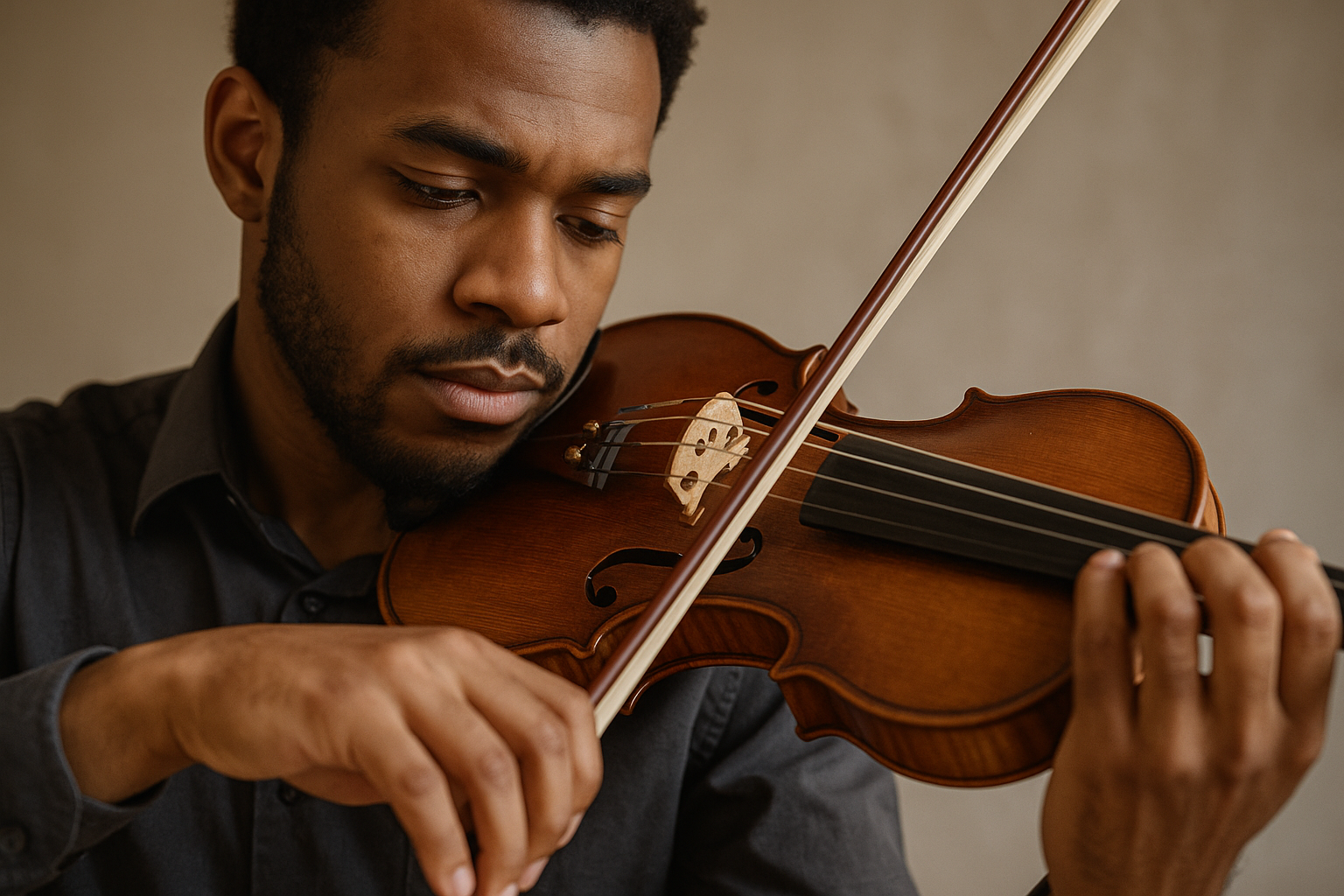Music is more than just playing the right notes at the right time. How those notes are played—whether smooth, sharp, connected, or detached—makes all the difference in how a piece is perceived. This expressive element is called articulation, and mastering it is one of the keys to turning mechanical playing into true artistry.
For beginners, articulation may seem subtle or confusing, but it is a skill that can be learned and refined with consistent practice. In this article, we’ll explore what musical articulation is, the different types, why it matters, and practical ways to incorporate it into your practice routine.
What Is Musical Articulation?
Musical articulation refers to the way individual notes or groups of notes are executed. It’s about shaping sound through attack, duration, and release. Just as speech uses emphasis, pauses, and tone to make words meaningful, articulation gives music its clarity and character.
For example:
- A note played staccato is short and detached.
- A note played legato is smooth and connected.
- An accented note stands out with more emphasis.
These differences create variety and expression in music.
Why Articulation Matters
Creates Expression
Articulation transforms simple notes into meaningful phrases that communicate emotion.
Clarifies Musical Ideas
Proper articulation makes melodies and rhythms easier for audiences to follow.
Defines Style
Different genres rely on specific articulations. Jazz, classical, and rock each use articulation differently.
Enhances Technical Control
Practicing articulation builds precision and coordination, strengthening overall technique.
Adds Variety
Without articulation, music sounds flat and monotonous. With it, performances become engaging.
Common Types of Articulation
Legato
Notes are connected smoothly without separation. Often indicated by slurs in sheet music.
Staccato
Notes are played short and detached, usually marked with dots above or below the notes.
Accent
A note is emphasized with extra force or intensity, marked with “>”.
Tenuto
Notes are played for their full value, with gentle emphasis, marked with a line above or below the note.
Marcato
A stronger, more forceful accent, marked with “^”.
Slurs
Multiple notes are played in a single breath or bow stroke, connected smoothly.
Fermata
A note is held longer than its written value, adding drama or emphasis.
How Different Instruments Use Articulation
- Piano: Achieved through touch, pedaling, and finger control.
- Strings: Controlled by bow pressure, speed, and direction.
- Winds/Brass: Shaped by tonguing, breath, and embouchure.
- Voice: Expressed through diction, phrasing, and breath control.
- Percussion: Defined by stick technique and stroke type.
Each instrument has unique ways to achieve articulation, but the goal is always expression and clarity.
Common Mistakes With Articulation
- Ignoring Markings
Beginners often skip articulation signs in sheet music, focusing only on notes and rhythm. - Over-Exaggerating
Excessive staccato or heavy accents can distort the music’s style. - Inconsistency
Articulation must be deliberate and consistent, not accidental. - Neglecting Context
The same marking may sound different depending on tempo, style, or ensemble.
How to Practice Articulation
Step 1: Start With Simple Exercises
Practice scales with different articulations—first legato, then staccato, then accented.
Step 2: Use Etudes
Etudes often emphasize specific articulation techniques, making them ideal for focused practice.
Step 3: Slow Practice
Articulation requires control. Practicing slowly ensures precision before increasing speed.
Step 4: Record and Evaluate
Recording yourself helps reveal whether articulation is coming through clearly.
Step 5: Apply to Repertoire
Don’t stop at exercises—apply articulation deliberately in the pieces you’re learning.
Exercises for Beginners
- Legato vs. Staccato Scales
Play the same scale legato, then staccato, to feel the contrast. - Accent Placement
Play a scale and accent only the first note of each group of four. - Dynamic + Articulation
Combine articulation with dynamics: legato softly, staccato loudly, etc. - Articulation Patterns
Alternate patterns such as two staccato notes followed by two legato.
Developing an Ear for Articulation
Listening is just as important as playing. Study recordings by great musicians and focus on articulation choices. Notice how a pianist shapes legato lines or how a violinist uses bowing to highlight accents. Try imitating these approaches.
Articulation in Different Styles
- Classical: Emphasis on clarity and precision. Legato and staccato are often carefully notated.
- Jazz: Swing articulation involves uneven emphasis, with accents on off-beats.
- Blues: Expressive bends and slides act as forms of articulation.
- Rock: Strong accents and rhythmic articulation drive the energy.
- Folk and World Music: Unique articulation styles emerge from cultural traditions.
Tips for Consistent Articulation
- Always warm up with articulation-focused exercises.
- Practice in small sections rather than entire pieces.
- Experiment with exaggeration to understand contrasts, then refine.
- Stay relaxed—tension reduces control over articulation.
Long-Term Benefits of Mastering Articulation
- More expressive performances.
- Greater control and technical accuracy.
- Ability to adapt to multiple musical styles.
- Stronger communication with audiences.
- A unique personal sound shaped by your articulation choices.
Final Thoughts: Articulation as the Voice of Music
Articulation is what allows music to “speak.” Notes and rhythms provide the words, but articulation provides the tone, pacing, and emotion. Without it, music feels mechanical. With it, even the simplest melody can become powerful and expressive.
As a beginner, it’s easy to overlook articulation in favor of just playing the right notes. But the earlier you start focusing on how notes are played, the sooner your music will sound polished and professional.
So in your next practice session, don’t just ask, Am I playing the right notes? Also ask, Am I playing them the right way? The answer will guide you toward cleaner, more expressive performances that resonate with listeners.
